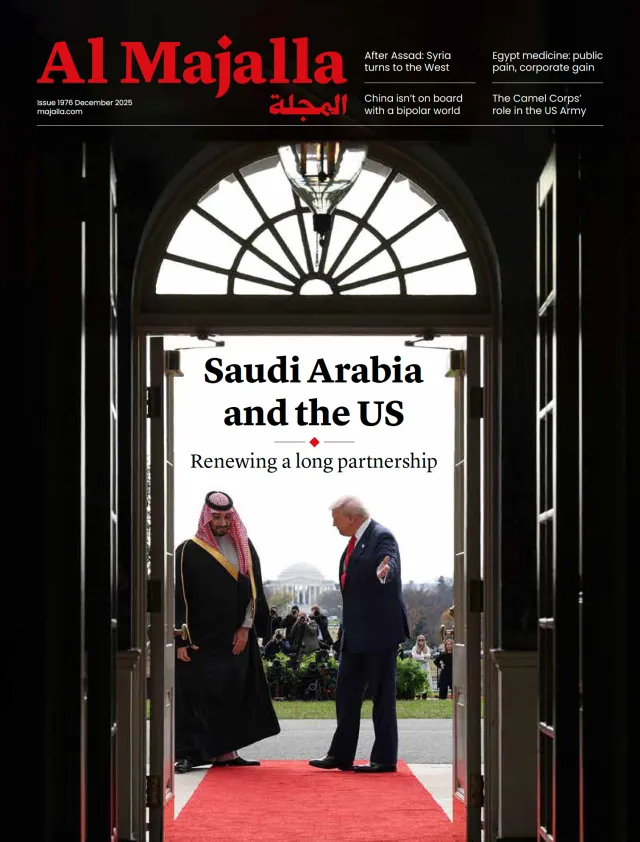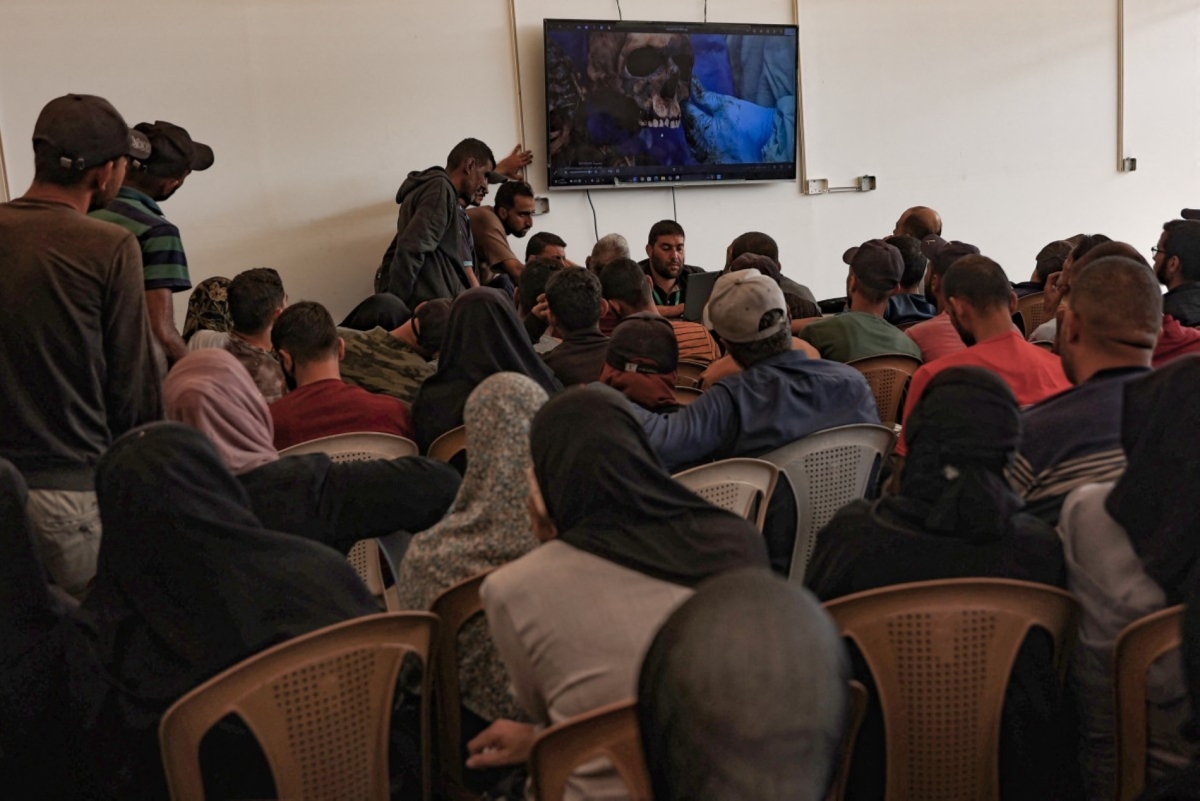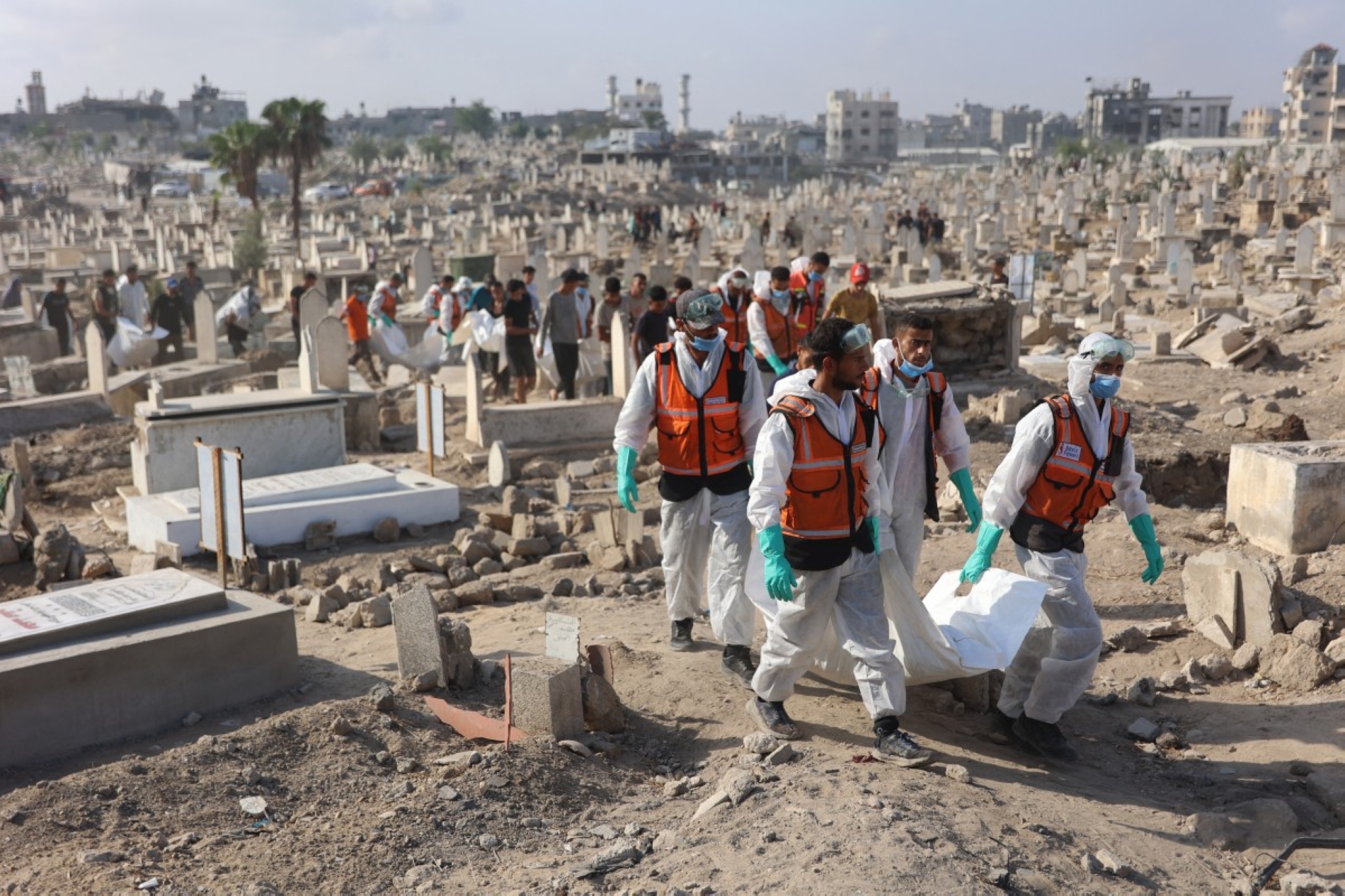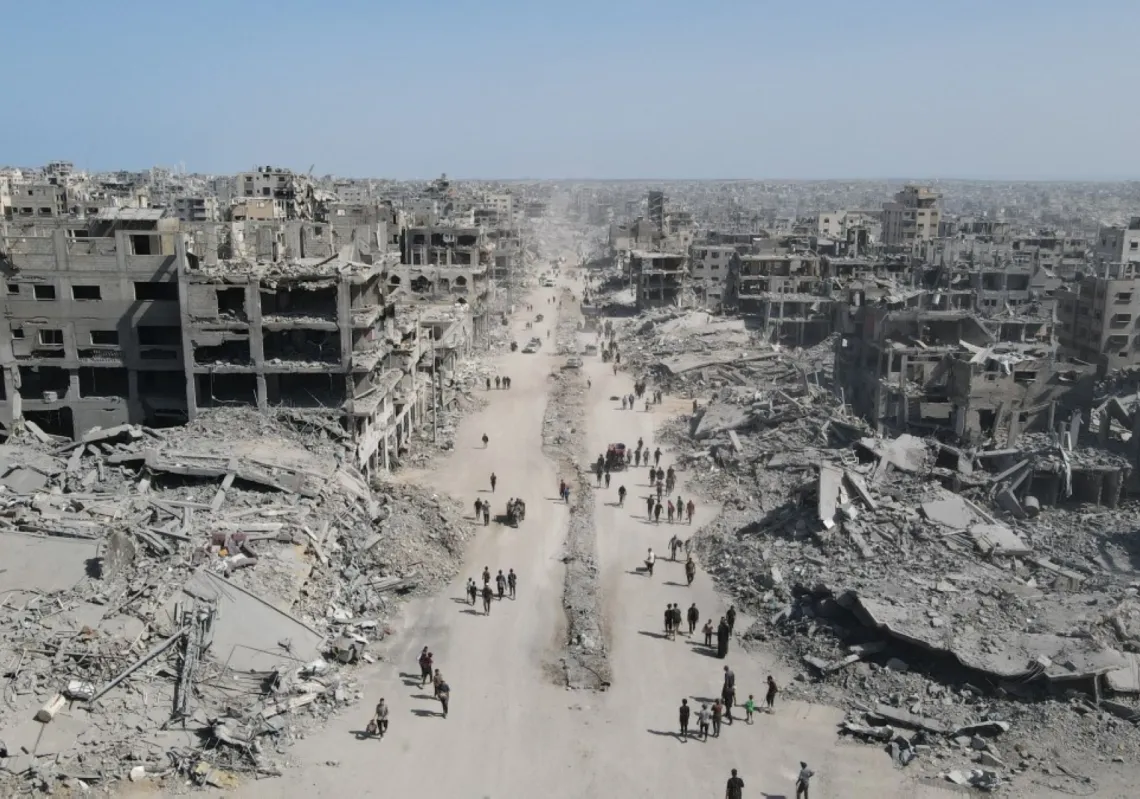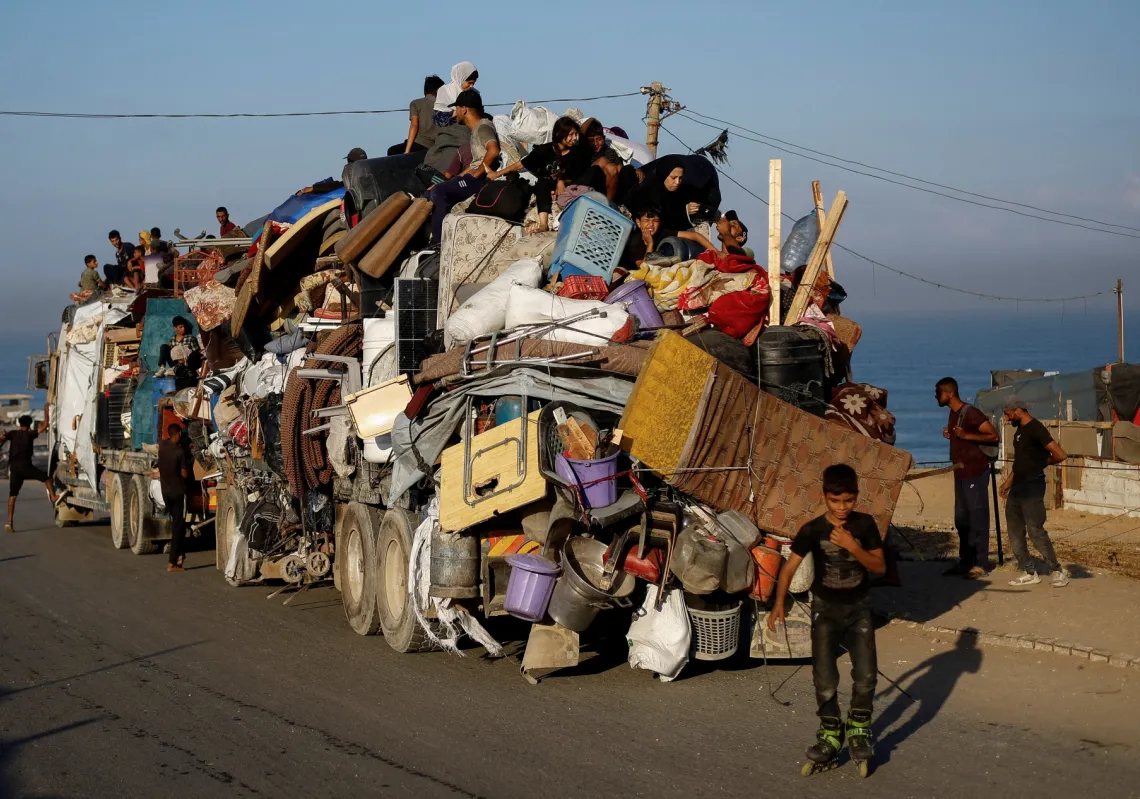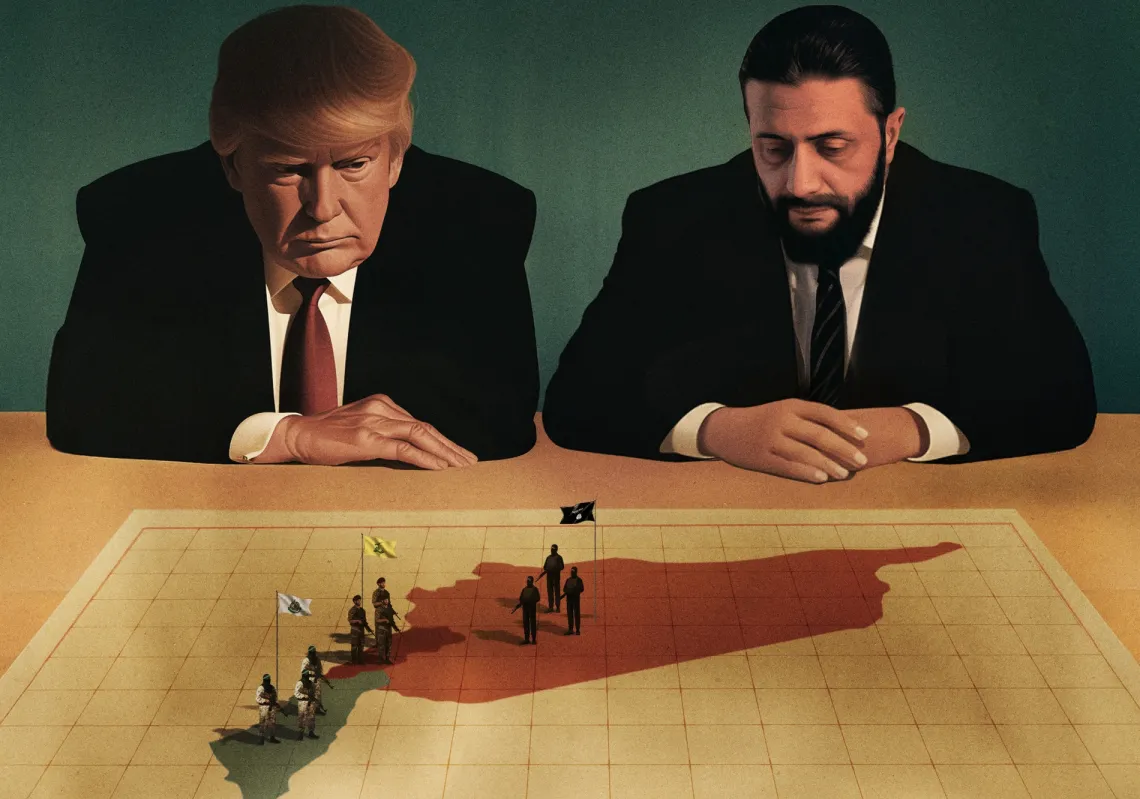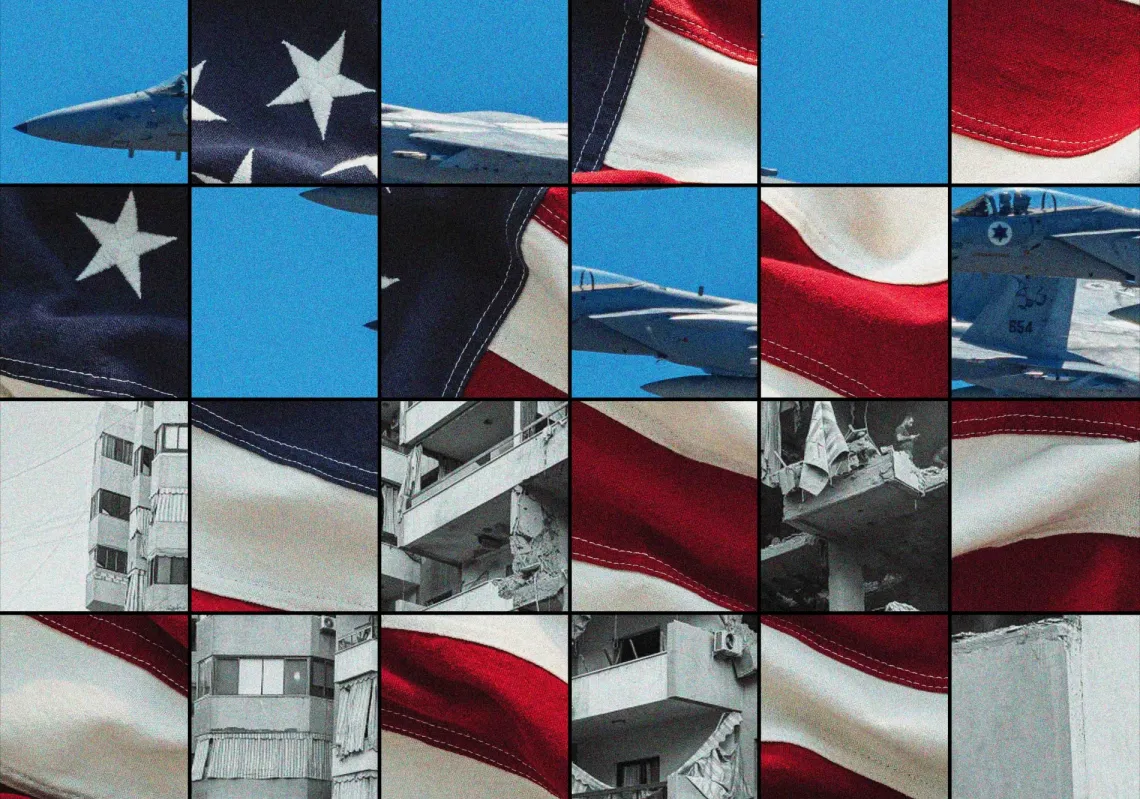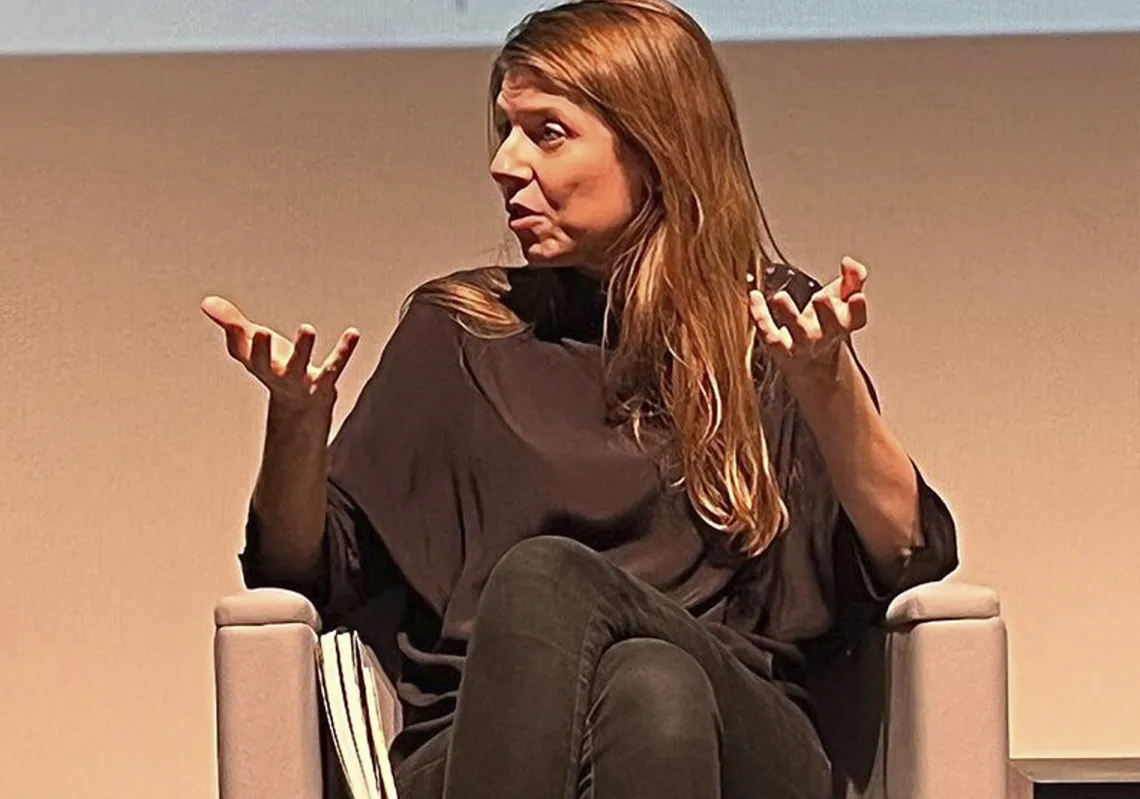For nearly two years, Umm Nabil Matar has lived with her six children beneath the frayed canvas of a tent in the Mawasi region west of Khan Younis, in southern Gaza. She provides for them with whatever aid she can gather, ever since the disappearance of her husband and daughter a year and a half ago. Their fate remains unknown.
In October 2023, as Israeli bombardment intensified and evacuation orders swept across Gaza City, Jamal Matar—her husband—fled south with his family. They fled under fire, leaving behind their home and all they owned. The transition from a settled life to the uncertainty of displacement was brutal. Jamal, burdened by the memory of what he had left behind, clung to the hope of return.
Then came April 2024. The war of annihilation still raged, and Israeli strikes continued to pound the Strip. Iran had launched hundreds of missiles towards Israel, some landing near Gaza. Yet what stirred the hearts of the displaced were whispers—rumours that some had crossed the heavily fortified Netzarim axis and returned to northern Gaza, defying the barrier that had long severed citizens from their homes and freedom of movement.
Jamal, then 39, decided to take that dangerous route. His 12-year-old daughter went with him. Umm Nabil, who remained in touch with him by phone, recounts his journey: he moved past the northern edge of Nuseirat refugee camp, advancing through fields and rubble under the cover of night. He would call occasionally to update her. “The last time he spoke to me,” she says, “he said he had reached the Palace of Justice in Zahra City—within the Netzarim zone south of Gaza City. After that, he vanished. His phone went silent. To this day, I know nothing of his fate.”
At first, she tried to reassure herself. Perhaps the signal had failed, or his phone battery had died. She contacted relatives still in Gaza, hoping someone had seen him or their daughter. No one had. Desperate, she searched hospitals, contacted extended family, and pursued every possible lead. She even appealed to the International Committee of the Red Cross, suspecting Israeli forces along the Netzarim axis might have detained them. But nothing emerged—no information, no trace to confirm her fears or ease them.
For over nine months, she endured this torment alone while caring for her six children. Then, in late January 2025, the Israeli army withdrew from the axis, allowing Palestinians to return to northern Gaza. Umm Nabil seized the opportunity and went straight to the Palace of Justice, hoping to find a clue—some echo of her loved ones.

